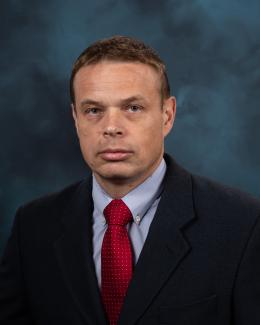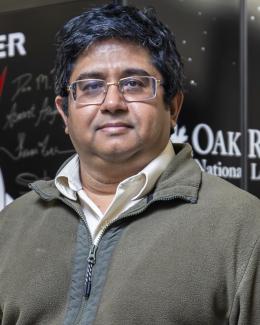Abstract
Optical electronic absorption spectroscopy and corresponding selection rules have played a prominent role in the development of the theory of electronic structure of materials. In this work, we expand the modern toolbox of chemistry and materials science to include electron and ion microscopies and spectroscopies, allowing spatially resolved interrogation of materials’ atomic and electronic structures by beams of charged particles. Specifically, we formulate and discuss the selection rules for electronic excitation due to the interaction between materials and beams of charged particles. We show that transition probabilities for point charge-induced electronic excitations depend strongly on the position of the externally charged particles and can significantly deviate from those derived from the electric dipole (long-wavelength) approximation. We present and implement expressions within the linear response time-dependent density functional theory (TD-DFT) framework for rates of transition between the ground and excited states induced by an external point charge. The point charge-induced transition rates for particular electronic excitations from linear response TD-DFT were validated through comparison to excited state populations from real time TD-DFT simulations following an impulsive point charge perturbation, then evaluated on a three-dimensional grid to map their spatial dependence for a small polybenzoid. This method, when combined with information about excited state energy gradients, represents a first step toward an ab initio framework for probing the structural response of materials under irradiation by charged particles resulting from inelastic scattering. Engineering electron beam interaction with matter to manipulate single atoms and localized electronic states offers a revolutionary new regime beyond laser excitation.





